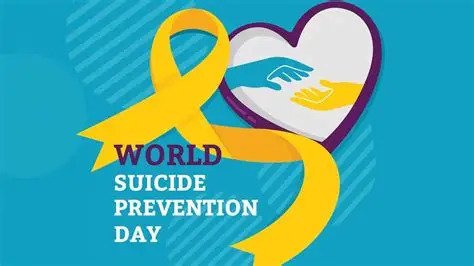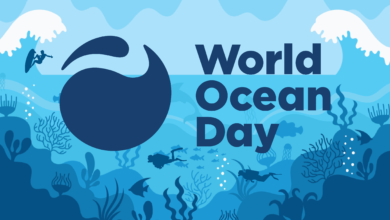World Suicide Prevention Day 2025: Protecting Children and Young People from a Growing Crisis

Every year on September 10, the world observes World Suicide Prevention Day (WSPD) to raise awareness, confront stigma, and strengthen global efforts to reduce suicide. This year’s theme, “Changing the Narrative on Suicide,” is a powerful call to create environments where children and young people feel safe to speak, seek help, and find hope.
Suicide is not only a tragedy, it is preventable. Yet, it remains one of the leading causes of death among adolescents and young adults. According to the World Health Organization (WHO), suicide is the third leading cause of death among young people aged 15–29, claiming around 700,000 lives annually worldwide. Each of these lives represents unfulfilled potential and the devastation of families, peers, and communities left behind.
Understanding the Crisis: Suicide Among Children and Adolescents
Suicide among children and young people is a public health emergency. Unlike adults, who may have more coping mechanisms and access to structured mental health systems, children often face challenges silently without the tools or safe spaces to express what they feel.
Globally, every 40 seconds, someone dies by suicide. More than 77% of global suicides occur in low- and middle-income countries, where mental health resources are scarce.
Risk Factors and Warning Signs in Children
Risk Factors
- Mental health conditions: Depression, anxiety, eating disorders, and substance misuse.
- Trauma and abuse: Exposure to physical, emotional, or sexual abuse.
- Bullying and peer pressure: Both offline and online.
- Chronic illness or disability: Contributes to hopelessness and social exclusion.
- Digital harms: Excessive screen time, cyberbullying, and exposure to harmful content.
- Family history or prior attempts: Strong predictors of risk.
Warning Signs
- Talking about death, disappearing, or being a burden.
- Withdrawing from friends, family, or school activities.
- Sharp mood swings, irritability, or sudden calm after distress.
- Declining academic performance and loss of interest in hobbies.
The Digital Dimension: A Double-Edged Sword
The KidsRights Index 2025 highlights the paradox of technology in children’s mental health. Digital platforms can connect, educate, and empower; but they also expose children to bullying, harmful content, and unrealistic comparisons.
Governments are responding, though not always effectively:
- Australia’s social media ban for under-16s (effective December 2025) aims to shield youth from harm but risks infringing on rights to information, association, and development.
- France and Norway’s proposals raise the consent age to 15 but allow parental approval for younger children, striking a better balance.
The report warns against “quick fix bans” that may deprive children of educational content or worsen isolation. Instead, solutions should focus on digital literacy, parental guidance, and comprehensive online child protection policies.
Solutions: Protecting Our Precious Children
Preventing suicide among children and young people requires multi-layered strategies involving families, schools, communities, and governments.
1. Families: Building Safe Havens
- Foster open communication where children feel free to share struggles.
- Show unconditional support and presence, so children feel valued.
- Learn to recognize early warning signs and seek professional help quickly.
- Limit access to lethal means like medications, sharp objects, or other dangerous items.
2. Schools: Safe Spaces for Mental Health
- Integrate mental health education into the curriculum.
- Train teachers and staff in mental health first aid and crisis response.
- Provide on-site counselling or link schools with professional support teams.
- Encourage peer support programs, ensuring no child feels alone.
3. Communities: Strengthening Resilience
- Organize awareness campaigns and workshops.
- Provide affordable, accessible mental health services.
- Create safe outlets like youth clubs, arts, sports, and mentorship programs.
4. Governments: Policy and Investment
- Increase funding for child and adolescent mental health services.
- Train healthcare professionals to screen for and respond to suicide risk.
- Support research and data collection, especially in low-resource settings.
- Regulate the digital environment responsibly to reduce harm while protecting rights.
Why World Suicide Prevention Day Matters
World Suicide Prevention Day is not just symbolic, it is a lifeline. It breaks cultural taboos that silence conversations about suicide, creates platforms for survivors and families to heal, and reminds us that suicide is not inevitable.
By investing in prevention, we can save thousands of young lives. With education, timely support, safe environments, and empathy, children and adolescents can be equipped to face challenges without resorting to self-harm.
Conclusion: A Call to Action
Children and young people are facing a mental health crisis that requires urgent, coordinated action. Suicide prevention is everyone’s responsibility: parents, teachers, peers, community leaders, governments, and global institutions.
Every small step count, whether it’s listening without judgment, checking in on a child, funding a school counsellor, or creating laws that protect children’s rights. Together, these efforts form a safety net strong enough to catch those who feel like falling.





